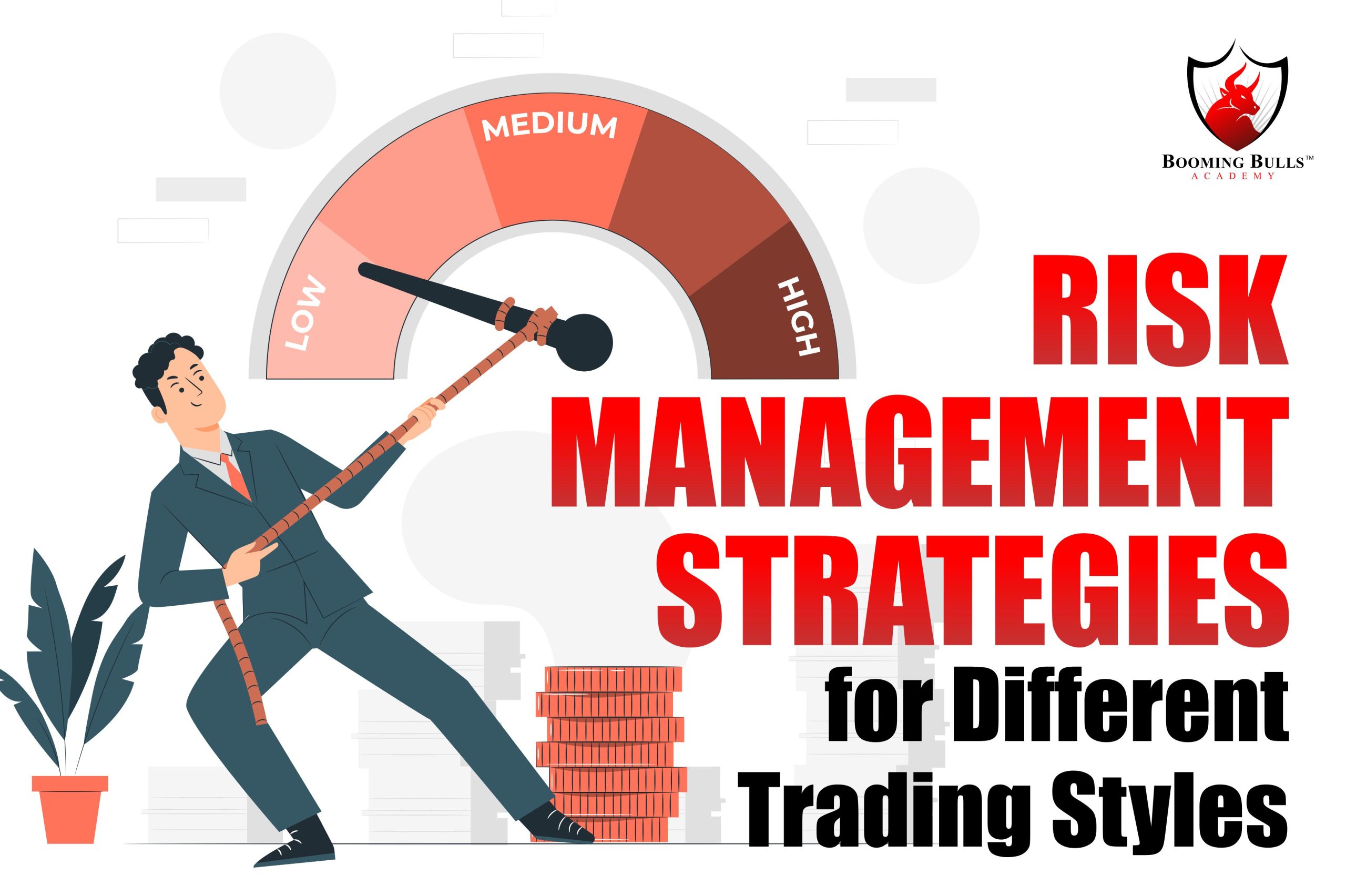

In the fast-paced world of financial markets, risk management is an essential component of successful trading. There are many different trading styles and irrespective of it, whether you are a day trader, swing trader, or long-term investor, implementing effective risk management strategies is crucial to safeguarding your capital and maximizing your returns.
This article will explore the different trading styles, and importance of risk management strategies and delve into specific approaches tailored to different trading styles.
Risk management involves the identification, assessment, and mitigation of potential risks associated with trading activities. It encompasses a range of techniques and practices aimed at minimizing losses and protecting one’s trading capital.
By implementing risk management strategies, traders can control their exposure to market volatility and avoid catastrophic outcomes.
As mentioned before, there are different trading styles, and one of the most used style is Day trading. It involves opening and closing trades within a single trading day, aiming to profit from short-term market fluctuations. Given the fast-paced nature of this style, day traders should adopt risk management strategies that focus on capital preservation and quick decision-making. Key techniques for day traders include:
Swing trading involves holding trades for a few days to weeks, capitalizing on intermediate-term price movements. Unlike day trading, swing traders have more time to analyze the market and adjust their positions accordingly. Key risk management strategies for swing traders include:
Long-term investors focus on building wealth over an extended period, often years or even decades. While long-term investing typically involves less frequent trading, it still requires effective risk management. Key strategies for long-term investors include:
Regardless of your preferred trading style, risk management is a critical aspect of successful trading. Implementing effective risk management strategies allows traders to navigate the uncertainties of the market while protecting their capital.
Day traders can focus on quick decision-making and capital preservation, swing traders can utilize trailing stops and diversification, while long-term investors can emphasize asset allocation and portfolio rebalancing.
By learning about different trading styles and tailoring risk management strategies to specific trading styles, traders can enhance their chances of achieving consistent profitability and long-term success in the financial markets.
If you wish to learn more about the stock market, trading strategies, Intraday trading Strategies, etc., in greater detail, you will find the relevant articles on the Booming Bulls Academy blog.
If you like this article, don’t forget to share it with your friends, family members, and fellow traders so that they can also learn about Risk management strategies for different trading styles.
Open a Demat Account using our link to get support from us – https://bit.ly/3gyhIWN and send your ID to [email protected]
Happy learning!